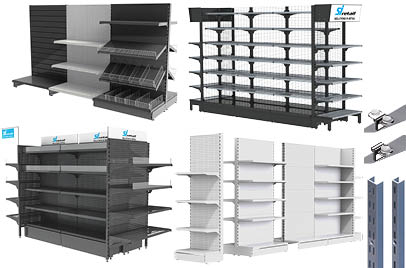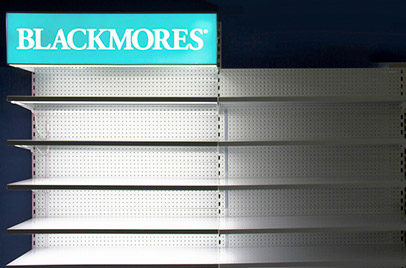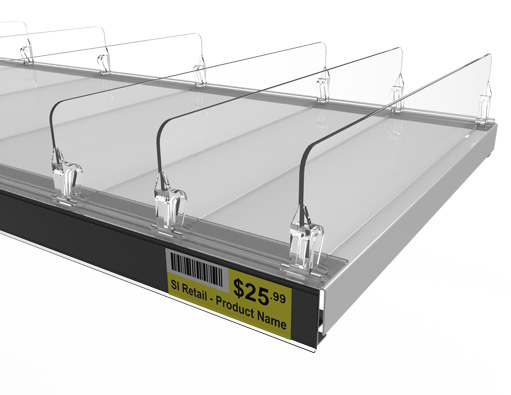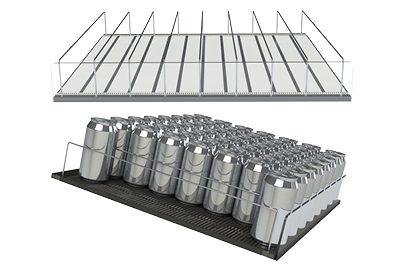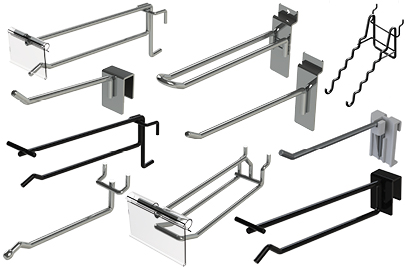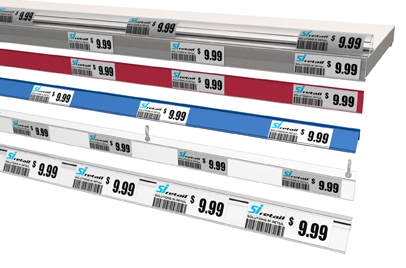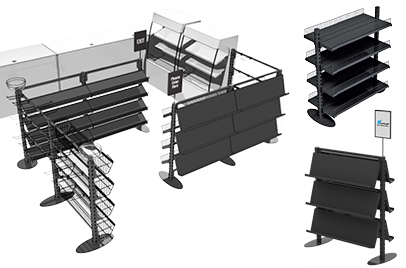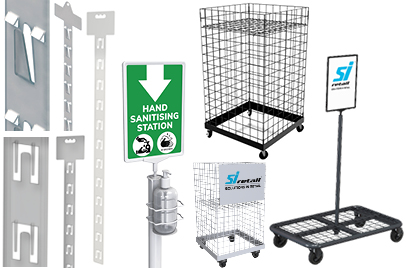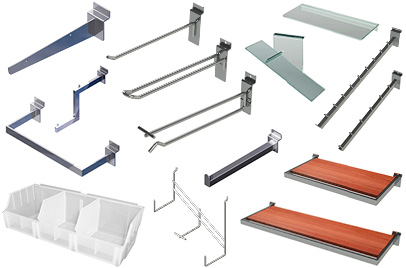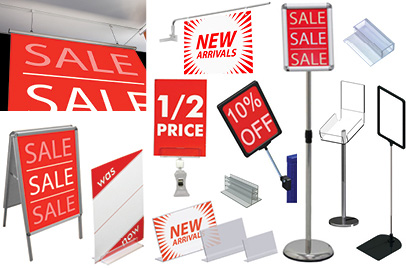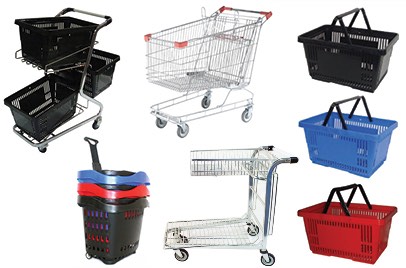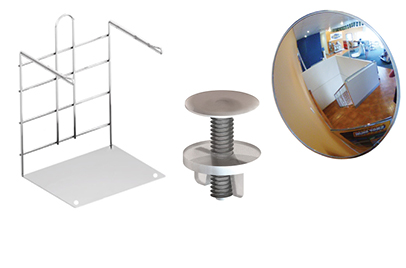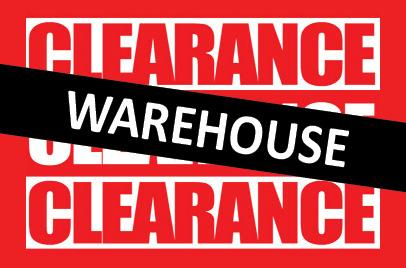In-store Signage Guide Customers Through the Purchase Path
[caption id="attachment_1508" align="alignleft" width="604"]Graph by McKinsey & Company representing a circular path to purchase Graph by McKinsey & Company representing a circular path to purchase.[/caption]
The purchase process is not a simple linear path anymore. Gwen Morrison, CEO of The Store, thinks that technology has changed the path to purchase. "It used to be that the path to purchase was linear," she said. "A retailer would build brand affinity, followed by a call-to-action, which would trigger the consumer to put the product into the shopping cart and go. Now, with all of the digital tools at the consumer's disposal, the path to purchase is more of a circular one."
A recent article at INC.com outlined the phases that customers go through when making a purchase. It identified 5 steps:
1. Recognition of needs
2. Evaluation of options
3. Resolution of concerns
4. Decision and implementation
5. Changes over time
The process starts with the recognition phase. People identify a problem, assess it and decide whether they can or want to do something about it. Then the evaluation phase starts. This is where people select the criterias for their purchase. What is most important and what brand is more likely to fulfill those conditions? This leads to the resolution phase where trust is key. Potential customers are going to weigh the risk of this purchase. If they feel the purchase is worth it, they will go on to the decision and implementation phase. Finally, the after purchase phase is where the customers will assess their experiences and this will impact future buying decisions.
You can use signage to help direct the consumer through the purchase path.
1. Recognition of needs
During the recognition phase, your business needs to attract potential customer's attention. The role of this sign is to interrupt people's normal behaviour and introduce new thoughts. It needs to be surprising, with a simple message. A board, end signs and banner flags are a great way to take full advantage of the recognition phase.
2 Evaluation of options
Each phase builds on the last one. Considering that the previous signage did its job properly, we now need to build on that first interest and offer more information. Your store window, for example, is a creative way to let customers know the colour and style of your range of products. It could also be an A1 poster highlighting promotions or showcasing a lifestyle.
3 Resolution of concerns
This is where you need to provide all the information that could cause doubts in the customer's mind. This kind of signage is usually placed all around the store to add information on a specific product or display.
Things such as data strips, talker data strips, shelf talkers, hanging signs and sign holders are the best way to provide necessary information for the decision making process.
4 Decision and implementation
This is where you can add Point of Sale that will drive impulse sales. Things such as clip strips are a great way to sell complementary items. Counter displays near the check out works well too.
5 Changes over time
This is where the consumer builds expectations based on the experience they just had that will inform future purchase decisions. Add something unexpected to your final offer such as a promotional flyer, a product sample or just a sincere smile.
"I've learned that people will forget what you said, people will forget what you did, but people will never forget how you made them feel." Maya Angelou
This in my opinion is the best marketing quote. It does not matter how loud or bright you are, if you don't trigger emotional reactions, people won't remember you. Signage is important but the story that it tells is even more. Read more about Retail Storytelling here.
Contact us TODAY on 1800 211 122 or at info@siretail.com.au for CUSTOM DESIGNS or go to www.siretail.com.au for a wide range of standard signage.
Subscribe SI-Blog


